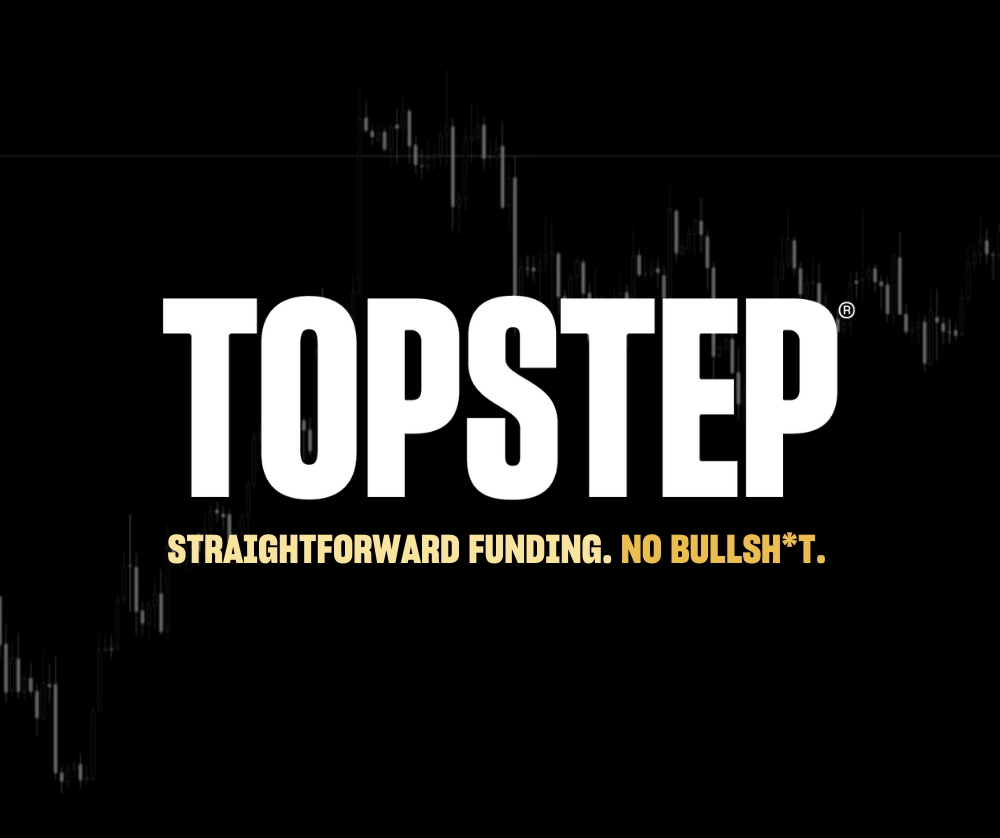W D Gann discovered a new way of forecasting the markets. This month, we focus more on their practical use and discuss how he used them to construct annual forecasts, among other applications.
One of the challenges with early Gann is he was never forthcoming about his strategies. Indeed, in 1909, Gann clearly stated that he would not disclose his actual forecasting method. However, that doesn’t mean he wasn’t helpful to those who wanted to learn. The evidence overwhelmingly suggests that Gann also had a strong desire to help others in their trading activities.
Gann’s early attempts to reconcile these two conflicting goals included the publication of a daily letter that advised on when to buy and sell stocks, cotton and wheat (advertised in The New York Herald between April and November 1909). In 1910 he published a booklet titled “Speculation a Profitable Profession: A Course of Instruction on Stocks,” and in 1911 Gann sold a mechanical method, based on fixed rules, for trading in stocks and commodities (see The [New York] Sun, Tuesday Dec. 19, 1911, page 10).
In 1918 Gann published his first annual forecast, which was his latest means of helping his clients in their trading activities, but without disclosing his actual forecasting method. Gann published this forecast for the stock market for 1919 on Dec. 16, 1918. It included a short textual commentary.
However, Gann’s annual stock market forecast for 1922 included, for the first time, a chart that forecasted the trend of industrial stocks and a separate chart that forecasted the trend of railroad stocks. Also for 1922, Gann produced (apparently for the first time) an annual forecast for cotton and for grains, both of which included commentary and a chart. Gann stated that his grain forecast was “Made up principally for wheat, although corn should follow it very closely (see “Forecasting grains,” below).

Gann subsequently added additional commodities to his service and he continued producing annual forecasts for the rest of his life. Then in 1923, he wrote the first of seven books, titled “Truth of the Stock Tape,” and he continued producing courses on trading the stock and commodity markets. Overall, the evidence suggests that from 1909 until his death in 1955, Gann pursued in his professional activities two conflicting goals: Helping others become better traders and keeping his actual forecasting method secret—a model often duplicated.
Annual forecasting challenges
Gann’s method of forecasting the financial markets was based on correctly identifying the underlying cycles that are driving a particular stock or commodity and then analyzing the resultant rate of vibration— as measured by the slope of the trendline —to precisely forecast prices at a future point in time.
Gann’s practical application of his forecasting method shortly after he completed its discovery in 1908 was examined last month in the context of his forecast of the Chicago September 1909 wheat contract. Gann’s forecasting and trading in stocks in 1908 and 1909 followed a similar structure as noted by Richard Wyckoff.
Thus, Gann’s initial application of his forecasting method was to forecast when and at what price an existing and established trend in a particular stock or commodity would end. However, the key problem that Gann encountered some 10 years later when he started producing annual forecasts is that they are significantly more complex than his initial application.
With an annual forecast, the prognosticator is not only required to forecast when—and at what price—the current trend will end, but when and at what price all subsequent trends over the next calendar year will end. Thus, the construction of an annual forecast requires a series of forecasts for a particular period, and each of these periods must have an accurate identification of the cycles that will drive a particular stock or commodity as well as the resultant rate of vibration.
Forecasting cycles of time
Gann started producing annual forecasts 10 years after he discovered his forecasting method. Therefore he was well aware of the problems of forecasting time cycles. However, in constructing his annual forecasts, Gann devised a number of solutions to the problem of accurately forecasting time cycles.
One technique is that he would simply delay the publication of the annual forecast. For example, although the chart in “Forecasting grains” begins on Dec. 27, 1921, it was published on Jan. 31, 1922. It appears that Gann delayed publication because he was unsure whether in January 1922 that strongly positive cycles would start a strong uptrend or whether strongly negative cycles would start a strong downtrend. Therefore, Gann delayed publication until he observed that wheat had made a significant low on Jan. 16 and then established a stable uptrend. Similarly, it may be noted that Gann delayed the publication of his annual forecast for cotton until April 25, 1922, which was thereby reduced to an eight-month time frame.
Another technique that Gann employed was to make a contingent forecast. In his commentary included in his 1922 annual grain forecast, Gann stated, “If May wheat sells at 1.08 after Jan. 25, it will indicate much lower prices and probably a decline to around 95¢ to 92¢ per bushel.” In this statement, Gann was warning that if the price of the May 1922 Chicago wheat futures contract fell back to its January 1922 low ($1.08 per bushel), strongly negative cycles would be in force, and consequently the strong downtrend would continue.
Another technique that Gann employed was to forecast a change in trend over several days. From “Forecasting grains”
it can be seen that Gann typically forecasted that a change in trend would occur over several days. For example, Gann forecasted that on May 7-10, 1922, wheat would make its high price for the year and then start a downtrend. This technique reflects the multiple nature of the underlying cycles. More specifically, in this instance Gann was forecasting that on May 7, negative cycles would start to influence, but they may be insufficiently strong to overpower the previous positive cycles until May 10, 1922, by which date at the latest the downtrend would begin.
Another technique that Gann employed (which was perhaps his most important) was to publish regular updates to the annual forecast. At the end of his annual forecast for grain for 1922 Gann stated that a supplement would be mailed to subscribers each month, “giving any changes that are indicated, if the market is not following closely the trend as outlined.” Gann published regular updates to all of his annual forecasts. Although he marketed, produced and sold annual forecasts (which are inherently complex), by producing regular updates Gann was in fact converting his annual forecasts into the more simple, accurate and reliable type of forecasts that he had previously produced between 1908 and 1918. These focused on when and at what price an existing and established trend in a particular stock or commodity would end.
Forecasting the rate of vibration
In addition to a series of smaller forecasts and accurate cycle identification, an annual forecast also requires a prediction of the resultant rate of vibration, or the slope of the trendline.
To assist in forecasting the rate of vibration, Gann produced a template or chart overlay (see “Degrees of vibration,” below). It is likely that this was originally drawn up on tracing paper and later on transparent plastic.

First, and most important, when constructing an annual forecast, Gann identified the cycles (positive or negative) that would drive the stock or commodity for a particular period in the next calendar year. Moreover, it is also necessary to forecast the likely strength of those cycles.
For that section of his annual forecast, Gann then drew a trendline that best represented the underlying cycles driving the particular stock or commodity. If Gann forecasted that positive cycles would be in force during that period, then the trendline would slope upward. The greater the strength of the underlying cycles, the steeper the slope of the resultant trendline. The slope of this initial trendline is the initial rate of vibration that Gann forecasted for that particular period.
Gann then used the template depicted in “Degrees of vibration” to forecast changes in the initial rate of vibration. Gann placed the origin of the template over the start of the initial trendline and rotated it until the 1 x 1 line was over this initial trendline. From the 2 x 1 line on the template, Gann could then see when the rate of vibration of the initial trendline had halved (or from the 1 x 2 line when the rate of vibration had doubled).
Gann had discovered that when the rate of vibration halves, it constitutes significant price support and, conversely, when the rate of vibration doubles, it constitutes significant price resistance. Thus, by means of his template, in the construction of an annual forecast, Gann was able to integrate his forecast of the underlying cycles with his forecast of the rate of vibration as well as changes in that rate of vibration.
“Forecast breakdown” (below) illustrates this process. This is Gann’s annual forecast for 1922 for grains, but with the addition of the trendlines that Gann would have drawn in its construction with the aid of his template. For example, Gann forecasted strongly positive underlying cycles and therefore a strong upward trend between Jan. 16 and Feb. 20.

However, Gann then forecasted negative cycles between Feb. 20 and Feb. 22-25, the effect of which would be to precisely halve the previous rate of vibration. Gann forecasted that this halving in the rate of vibration would provide strong support and prices would then rally until March 10-12. At this point in time, negative cycles would once more come into force which, Gann forecasted, would cause prices to fall until April 3-6, at which time positive cycles would once more come into play.
Thus, from “Forecast breakdown,” left, we can see that in constructing his annual grains forecast for 1922, Gann in fact made a series of forecasts. More specifically, he forecasted positive cycles producing an uptrend from Jan. 16, negative cycles producing a downtrend from Feb. 20, positive cycles from April 3-6, negative cycles from May 7-10, positive cycles from Aug. 15-17 and, finally, negative cycles from Oct. 16-19 to Dec. 31, 1922.
This annual forecast includes three periods of positive cycles, or uptrends, and three periods of negative cycles, or downtrends. Clearly, this therefore is significantly more complex and prone to error than Gann’s initial application of his forecasting method.
The next 100 years
Now that Gann’s forecasting method has been rediscovered, the next goal is its effective and efficient application to the financial markets of the 21st century. Indeed, future research will examine how to best apply Gann’s forecasting method to all the major financial markets.
With regard to its effectiveness, in 1923 Gann suggested that his forecasting method had performed well during the 15 years since its discovery, “The fact that my method of forecasting has stood the test of time is sufficient proof that I have solved the problem.”
An assessment in modern times suggests that Gann’s forecasting method performs well when applied to a number of current markets, especially if they are active.
The prima facie evidence suggests that Gann’s forecasting method is effective. It is no surprise that his techniques remain of considerable interest to investors, particularly those looking for a scientifically based forecasting system applicable to the most active markets and financial instruments.





